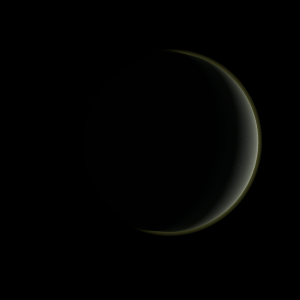|
|
Space Astro
|
Info for exoplanet "Jihemi'nu"
| Scientific (actual) data |
|---|
| Name | Kepler-93 c |
| Planet status | Confirmed |
| Planet mass | 8.5 |
| Orbital period | 3650 |
| Semi major axis | 4.5 |
| Discovered | 2014 |
| Updated | 2025-02-19 |
| K | 60 |
| Publication | Published in a refereed paper |
| Detection type | Radial Velocity |
| Alternate names | 2MASS J19254039+3840204 c, K00069.10, KIC 3544595 c, KOI-69 c, KOI-69.10, WISE J192540.36+384020.4 c |
| Star name | Kepler-93 |
| Right ascension | 291.42° |
| Declination | 38.67° |
| Mag j | 8.771 |
| Mag h | 8.446 |
| Star distance | 96.18 |
| Star metallicity | -0.18 |
| Star mass | 1.09 |
| Star radius | 0.98 |
| Star age | 6.6 |
| Star temperature | 5669 |
| Star alternate names | 2MASS J19254039+3840204, KIC 3544595, KOI-69, WISE J192540.36+384020.4 |
| Wikipedia article | Kepler-93 c |
Back
| |
| Fictional info (?) |
|---|
| Suggested name | Jihemi'nu |
| Planet type | Huge cold gas giant |
|
| Atmosphere | Carbonyl sulfide | 48% |
| Nitrogen | 44% |
| Ethane | 4.7% |
| Helium | 3.7% |
| Molecular hydrogen | 1.0E-6% |
| Atmospheric pressure | 40 bar |
 |
| Moon | Shoma | Medium-sized round rocky comet |
| Hemiwa-sho | Medium-sized slightly egg-shaped gaseous asteroid |
| Google search for Jihemi'nu |
|
Website by Joachim Michaelis
|
|
|
|